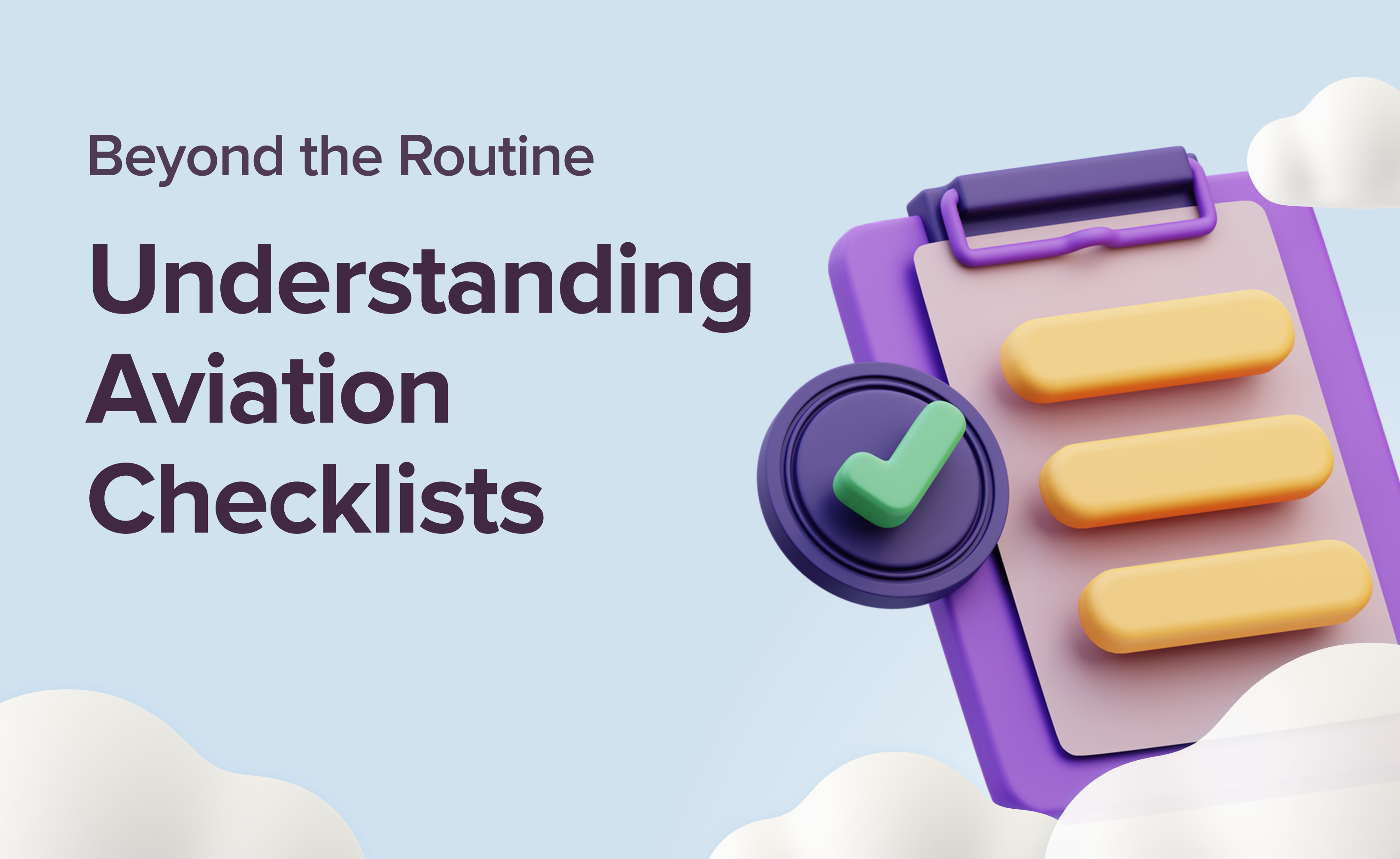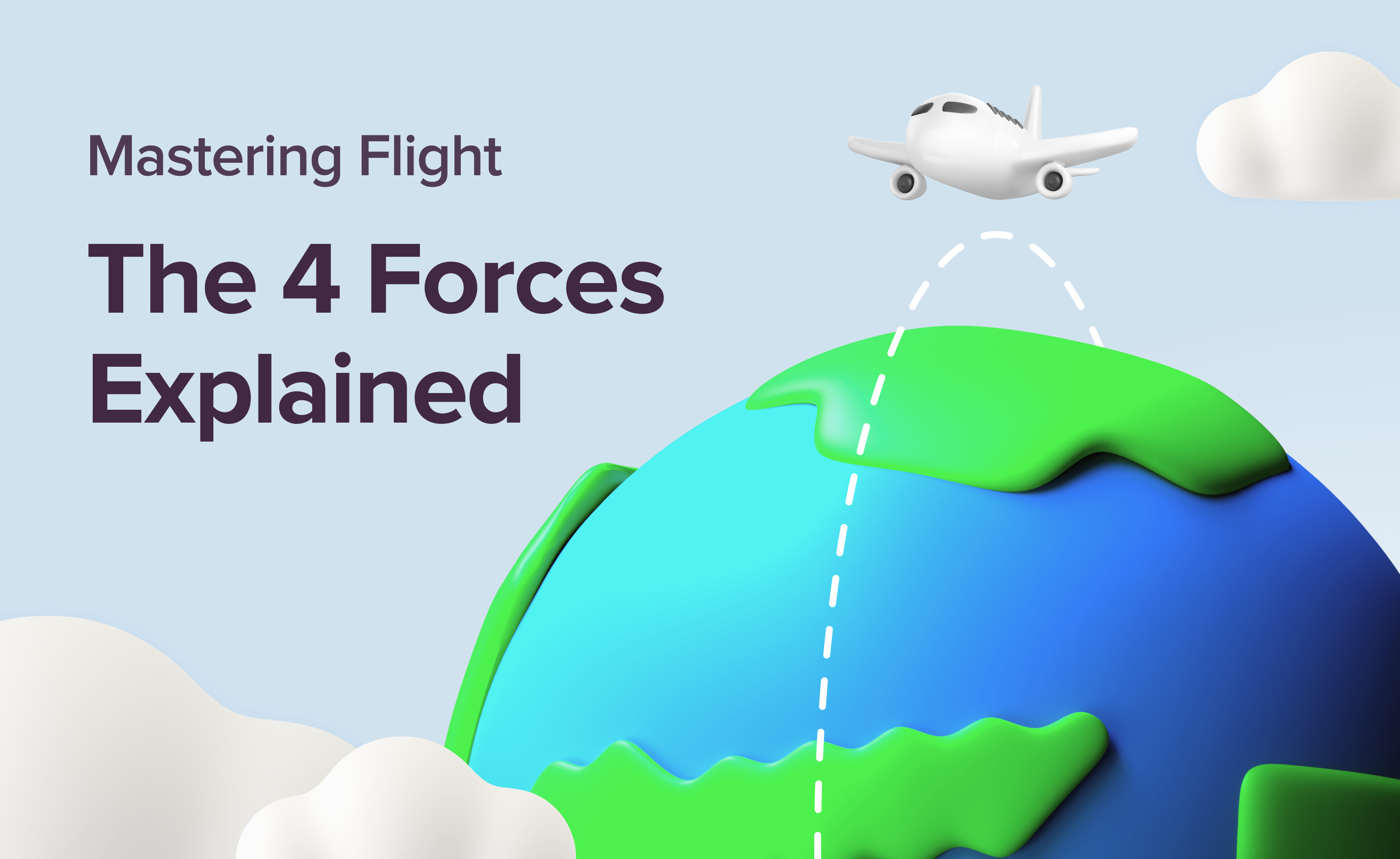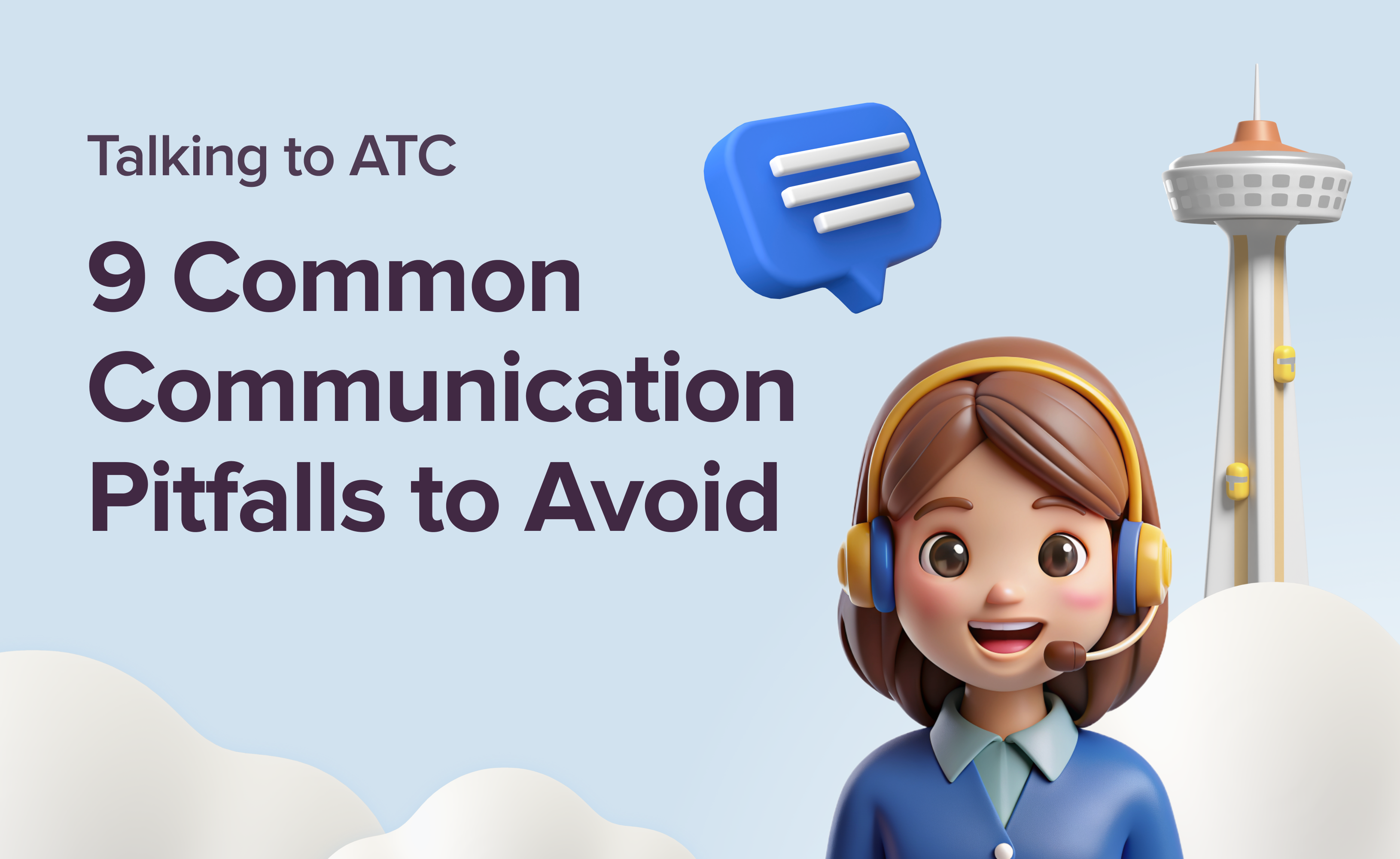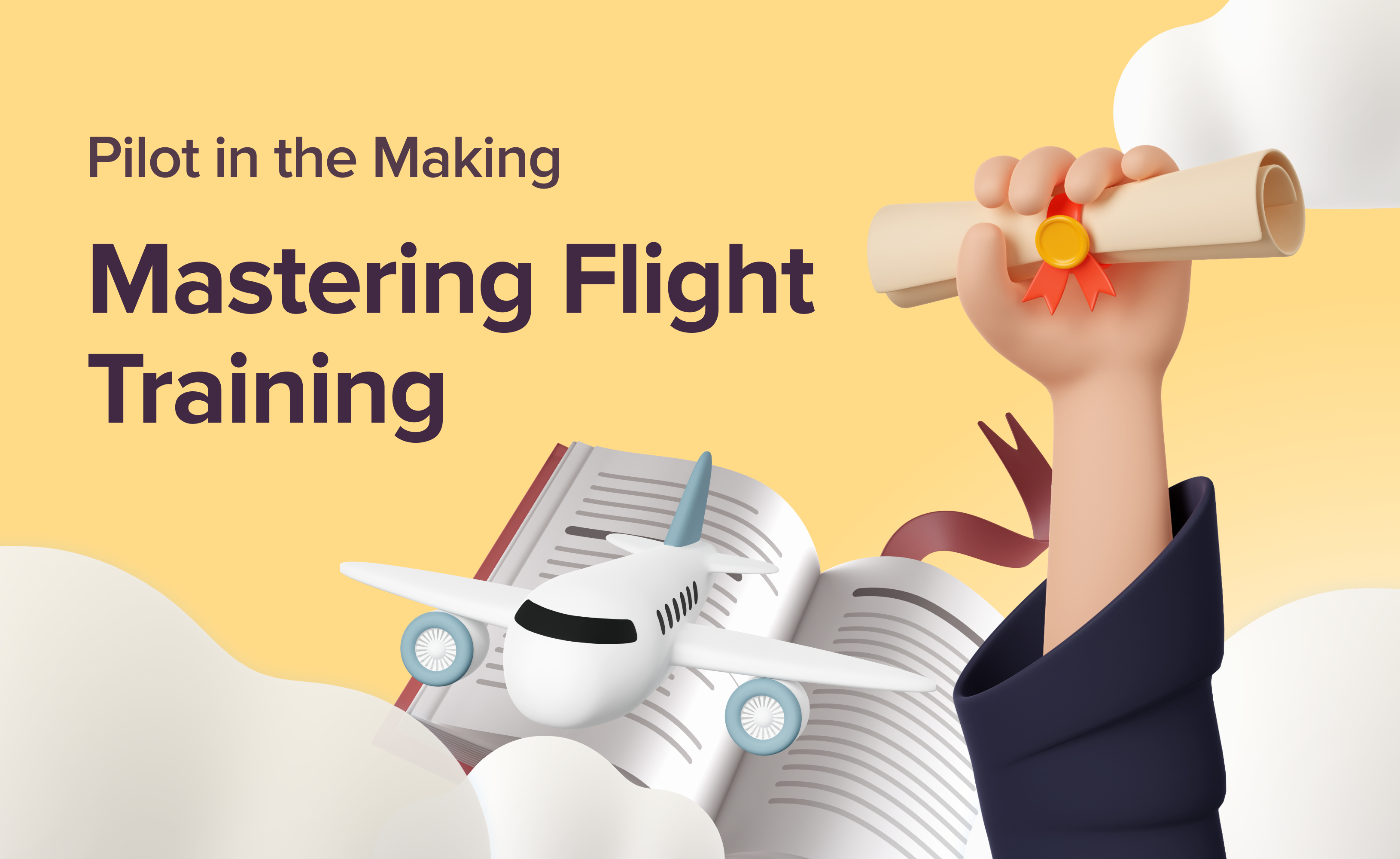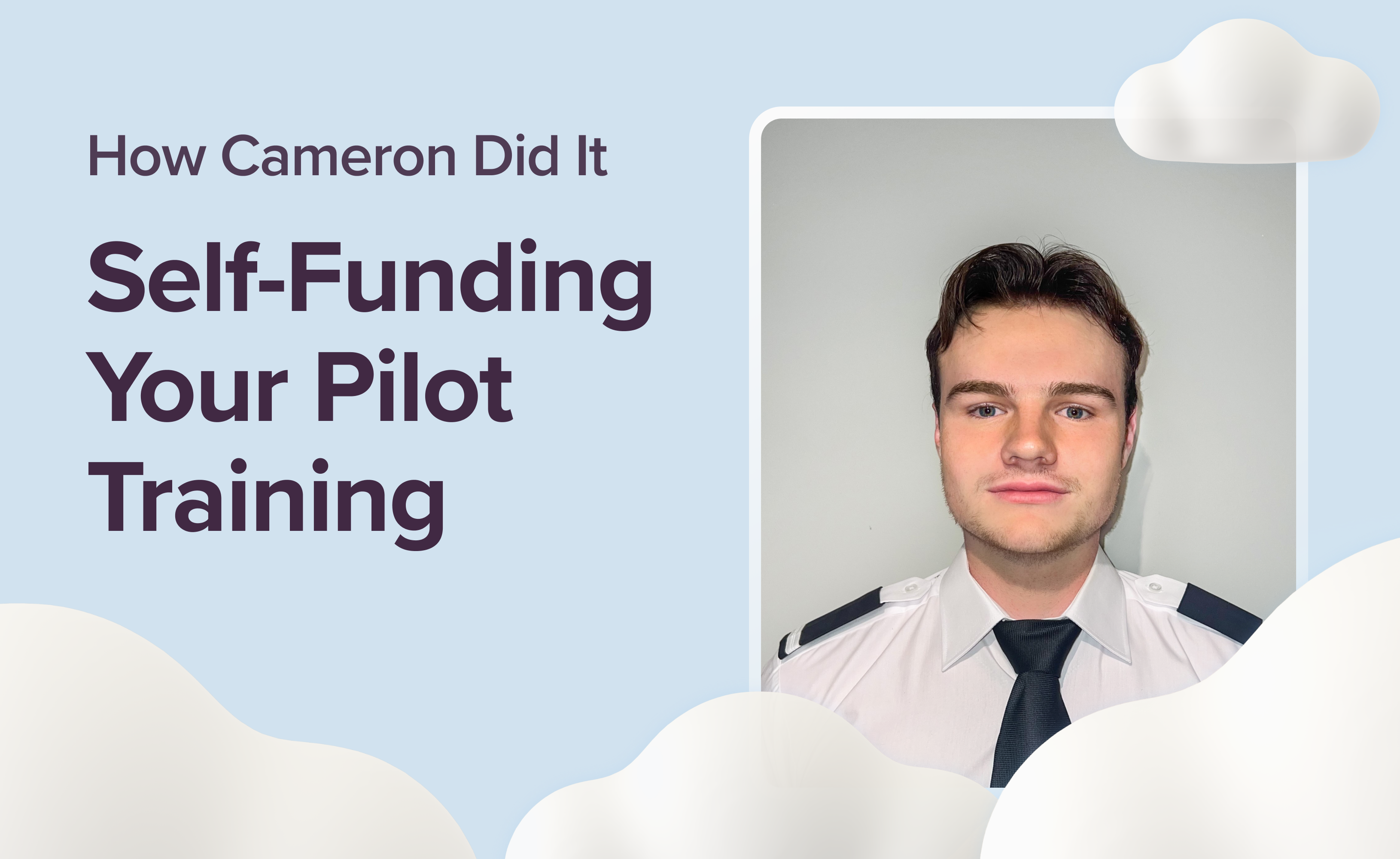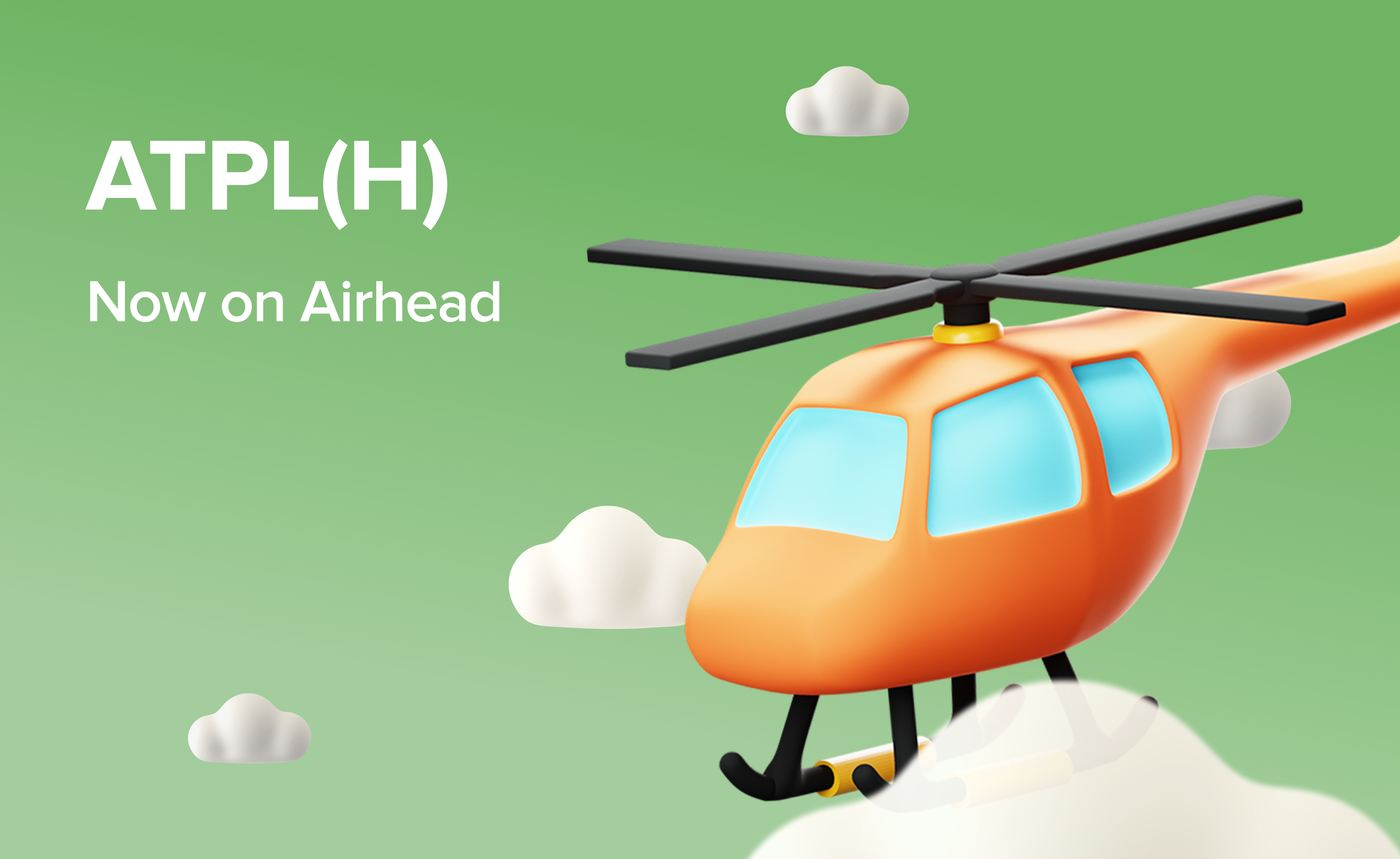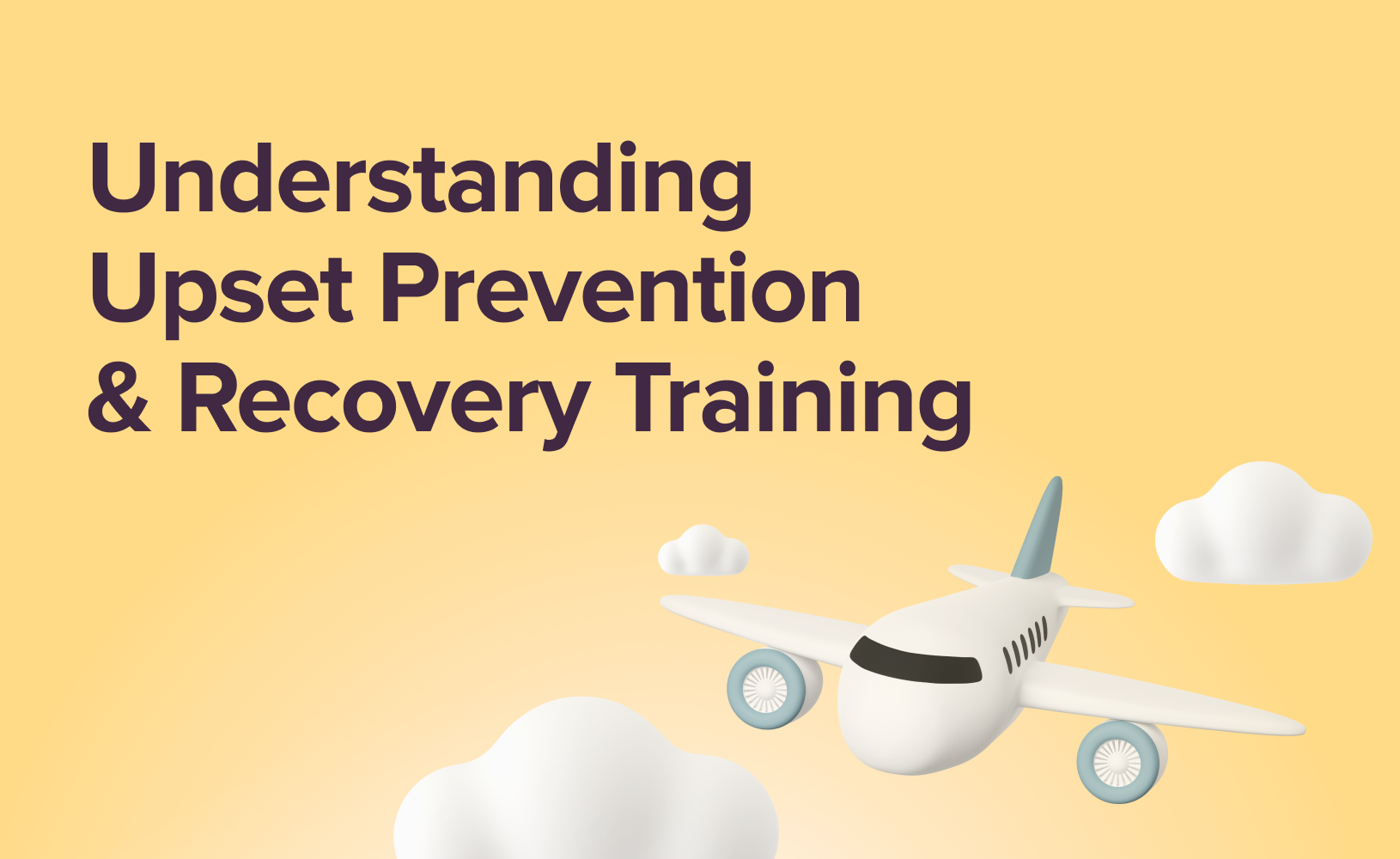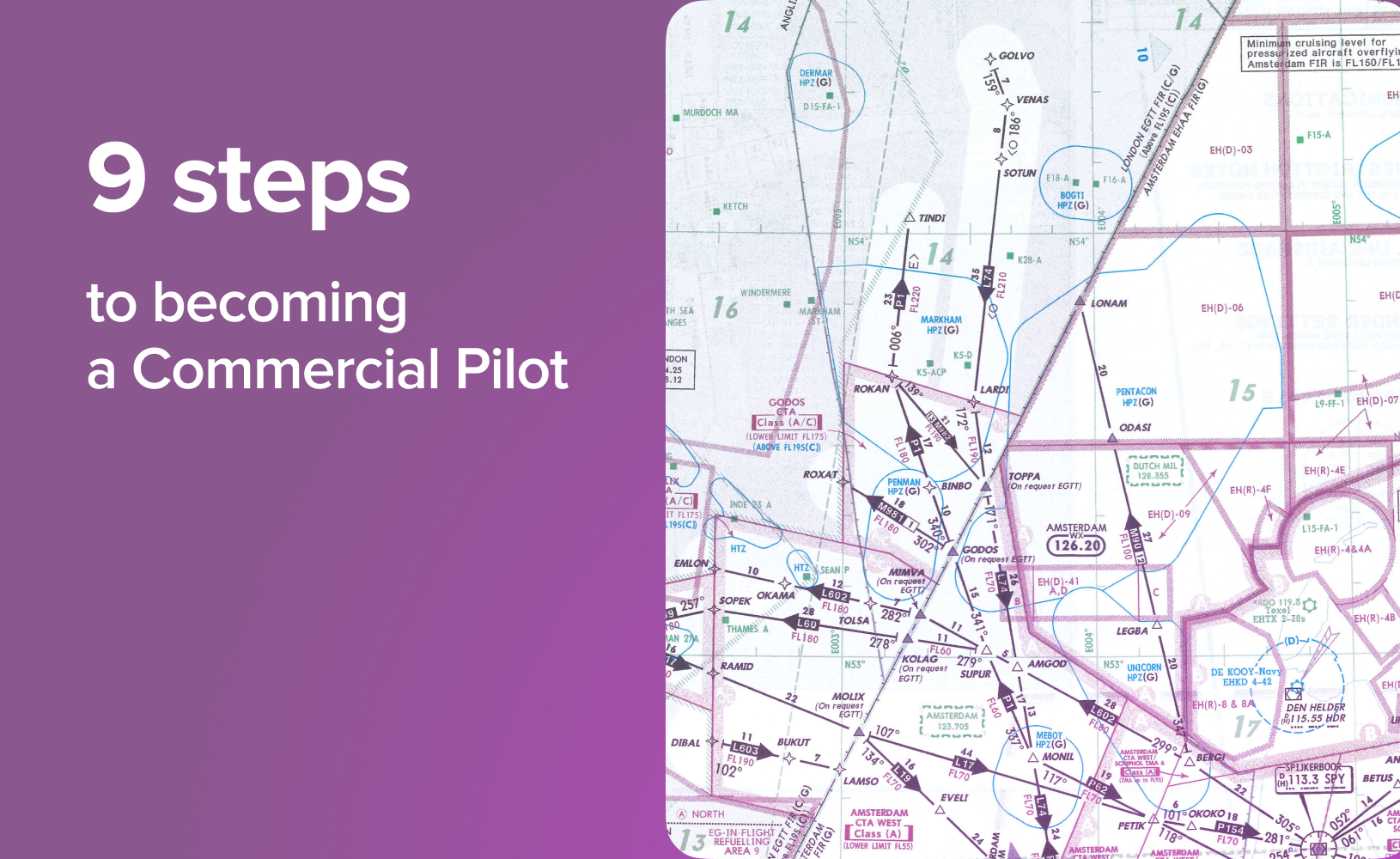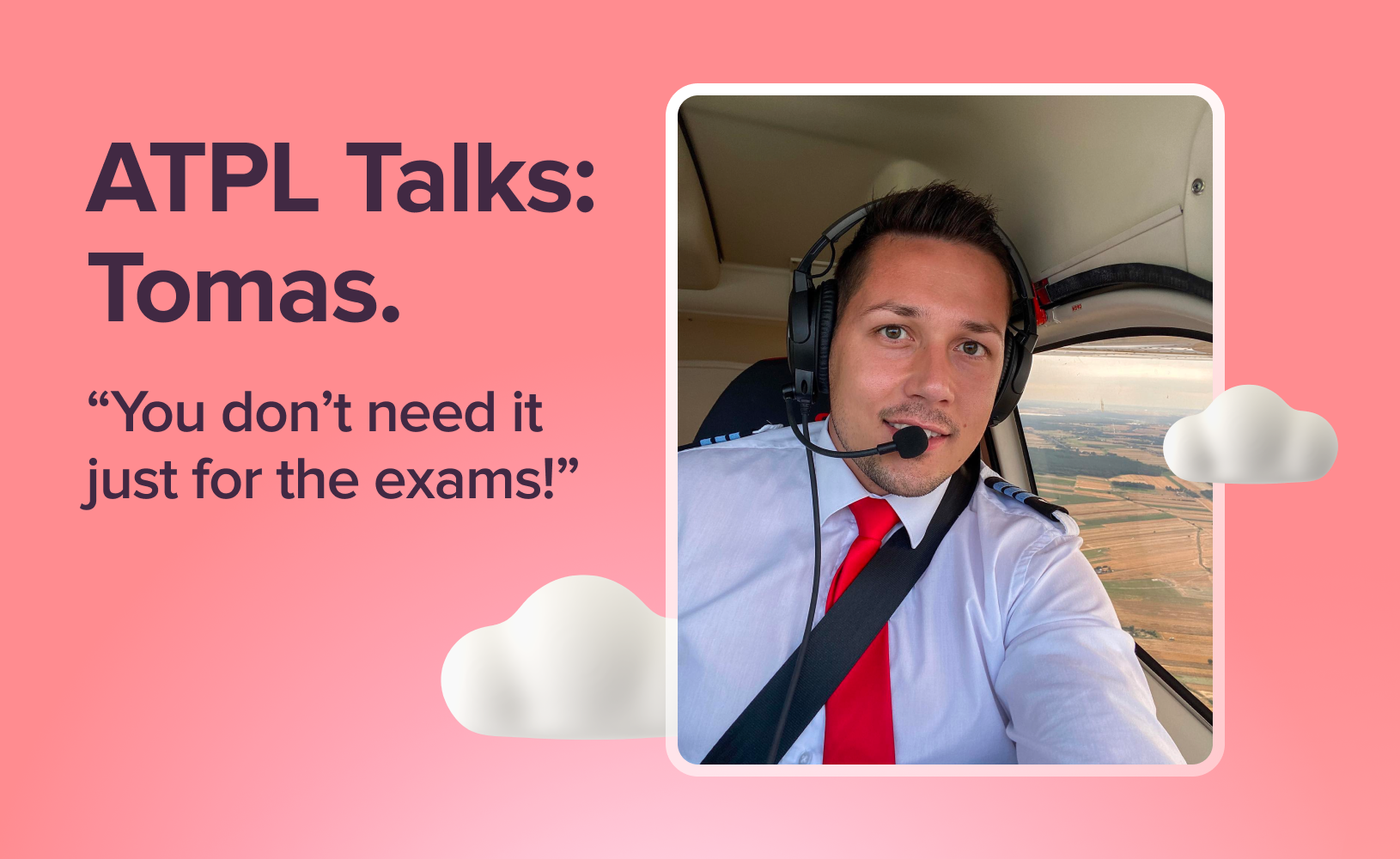ATPL Topics. Ins and Outs of Operational Procedures
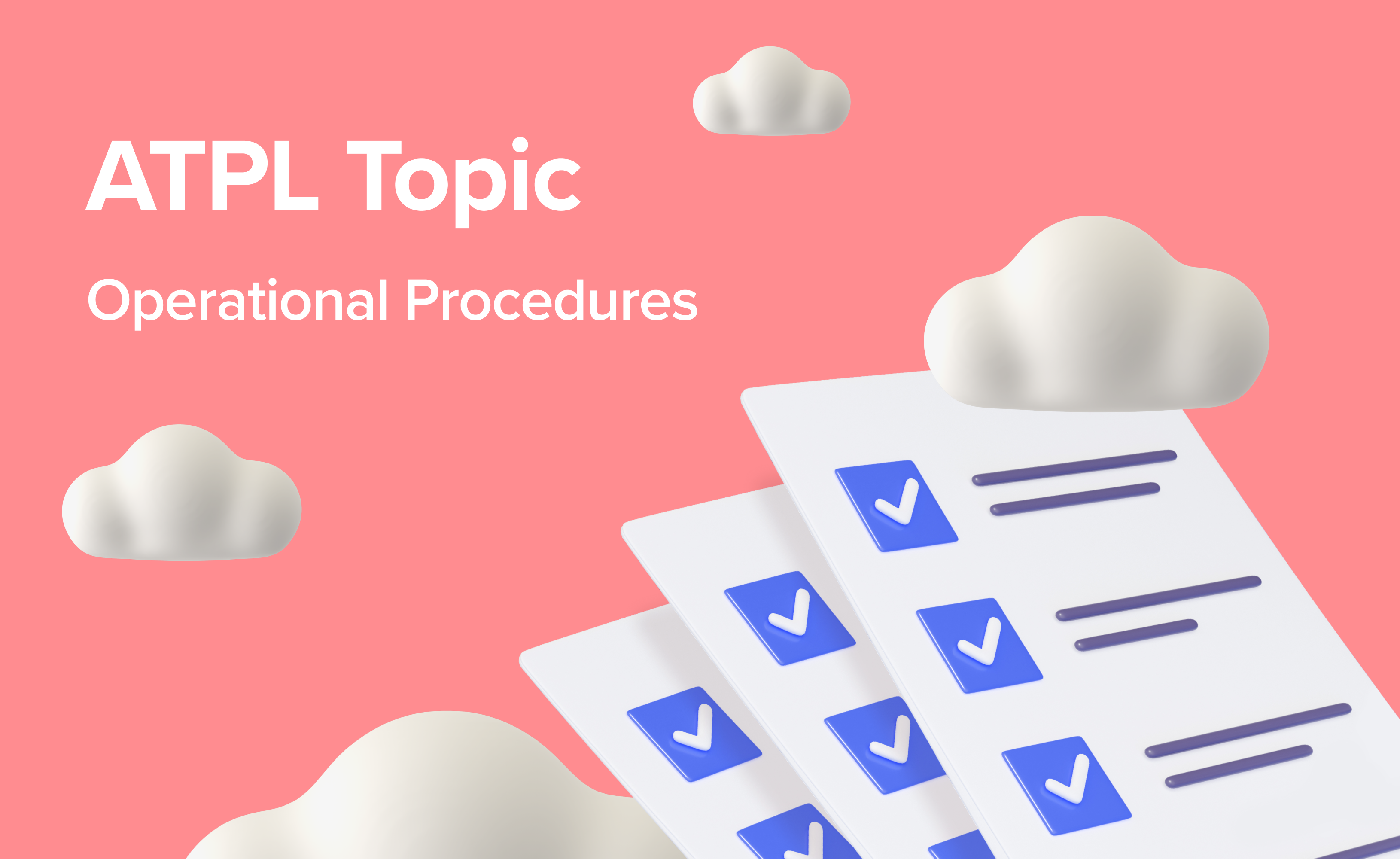
Introduction
Operational Procedures in aviation refer to the set of protocols, guidelines, and practices that pilots and flight crews follow to ensure safe and efficient flight operations. These procedures cover a wide range of activities, including pre-flight planning, aircraft handling, navigation, communication, emergency protocols, and regulatory compliance.
Here are 5 reasons why Mastering Operational Procedures is crucial not only for passing ATPL exam:
1. Safety
Pilots must follow standard operating procedures (SOPs) to mitigate risks and handle emergencies effectively.
2. Efficiency
Following established procedures streamlines tasks, reduces workload, and ensures consistent flight performance.
3. Compliance
Mastery of operational procedures ensures compliance with legal and regulatory frameworks, preventing violations and sanctions.
4. Communication
Communication procedures are vital for pilots to engage accurately and efficiently with air traffic control (ATC), ground personnel, and fellow crew members.
5. Emergency Preparedness
Operational procedures include protocols for handling emergencies such as engine failures, fires, and medical incidents.
Exam Overview
Number of Questions: 42
Exam Duration: 1 hour 15 mins
90% of papers passed
Difficulty: Medium
The examination will include 42 multiple-choice questions to be completed within 1 hour and 15 minutes. Judging by previous years' results, 90% of students pass it successfully.
However, mastering Operational Procedures isn't all smooth and hassle-free. The subject is considered to be of medium difficulty. Many students face challenges along the way, from memorising complex regulations to simulating real-life scenarios in training. Yet, overcoming these hurdles is all part of the journey to becoming a skilled aviator. With this information in hand, you can approach your preparation with confidence and focus.
This link has the most extensive guide on 13 ATPL subjects and their difficulties.
Subject Syllabus

The Operational Procedures topic in ATPL covers a range of procedures and protocols that pilots must follow before, during, and after flight operations. These procedures encompass a wide array of aspects, including pre-flight planning, aircraft handling, communication protocols, emergency procedures, and post-flight checks.
Let's have a closer look at what related topics Operational Procedures entail.
071 01 General Requirements
This includes studying regulations set forth by aviation authorities such as the UK Civil Aviation Authority (UK CAA) or the European Aviation Safety Agency (EASA), covering areas like flight planning procedures, aircraft documentation requirements, crew qualifications and responsibilities, and compliance with safety protocols.
Under this section, you also understand the importance of adhering to standard operating procedures (SOPs) and explore the significance of maintaining accurate and up-to-date aircraft records (maintenance logs, airworthiness certificates, and operational manuals).
071 02 Special Operational Procedures and Hazards (General Aspects)
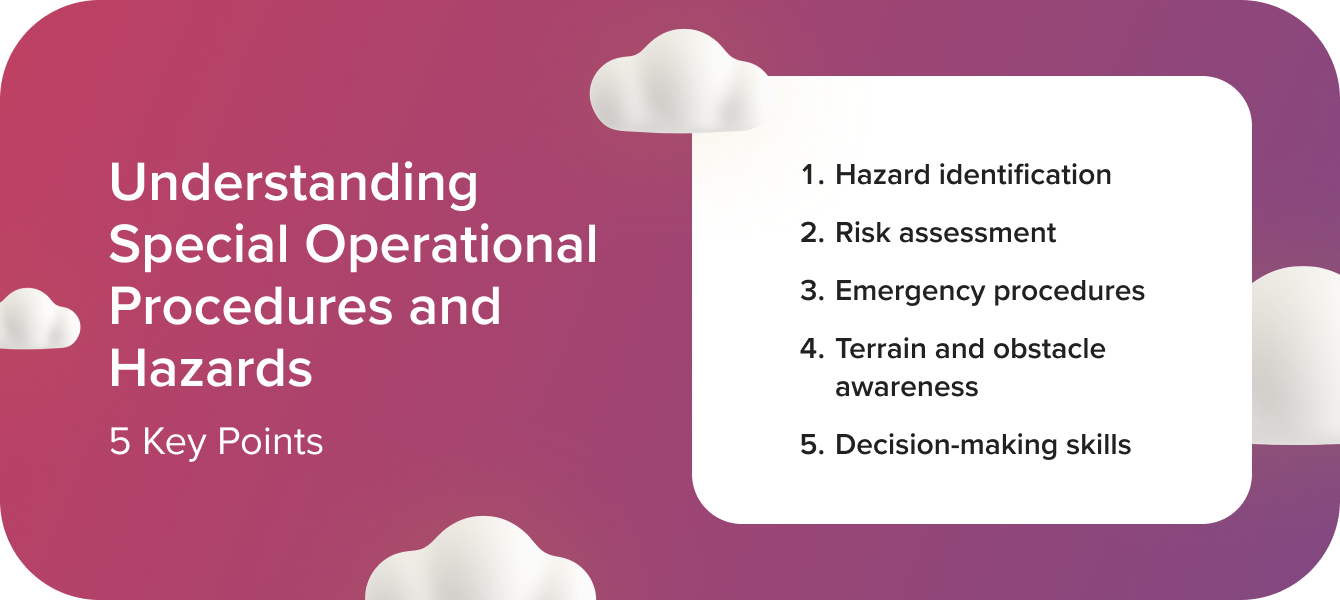
The sub-topic revolves around recognising and addressing operational hazards encountered during flight operations. Aspiring pilots should be aware of these key aspects before delving into the topic:
Hazard identification: Understanding the different types of hazards that may be encountered during flight, including weather-related hazards, terrain challenges, air traffic congestion, and human factors.
Risk assessment: Learning how to assess the level of risk associated with different hazards and determining appropriate mitigation measures to minimise potential risks.
Emergency procedures: Studying protocols and procedures for responding to emergencies, such as engine failures, onboard fires, loss of cabin pressure, and other critical incidents.
Terrain and obstacle awareness: Gaining knowledge of terrain features and obstacles that may pose risks during takeoff, landing, and en-route navigation, and learning techniques for safely navigating through challenging terrain.
Decision-making skills: Develop strong decision-making skills to evaluate various options and choose the most appropriate course of action in response to operational hazards and emergencies.
071 03 Emergency Procedures (helicopter)

The “Emergency Procedures (helicopter)” sub-topic in the ATPL course covers how helicopter pilots handle emergencies. Students learn to respond to scenarios like engine failure and adverse weather, make quick decisions under pressure, and practice emergency drills. Understanding aircraft systems and regulatory requirements is essential for ensuring safety.
071 04 Specialised Operations
This section covers advanced flying scenarios beyond standard operations. It includes topics like low visibility operations, flying in mountainous terrain, and conducting special missions such as search and rescue or aerial firefighting.
Pilots learn special techniques, regulations, and safety considerations for these challenging environments and tasks.
How It Works in Real Life
Here are a few real-life examples to point out the necessity of mastering Operational Procedures:
Pre-flight Planning:
Pilots meticulously plan flights, considering weather conditions, airspace restrictions, and fuel requirements. Following proper pre-flight procedures helps pilots anticipate challenges and make informed decisions.
Checklists:
Pilots use checklists to ensure that critical tasks are performed accurately and in the correct sequence. Checklists cover various aspects, including pre-flight checks, engine start procedures, and emergency response protocols.
Communication Protocols:
Pilots communicate with Air Traffic Control to obtain clearances, request assistance, and report deviations. Following communication protocols minimises the risk of misunderstandings and enhances situational awareness for all parties involved.
Emergency Response:
Pilots undergo extensive training in emergency procedures to handle unforeseen situations effectively. Mastery of emergency response protocols enables pilots to maintain control of the aircraft and safely navigate through challenging scenarios.

















